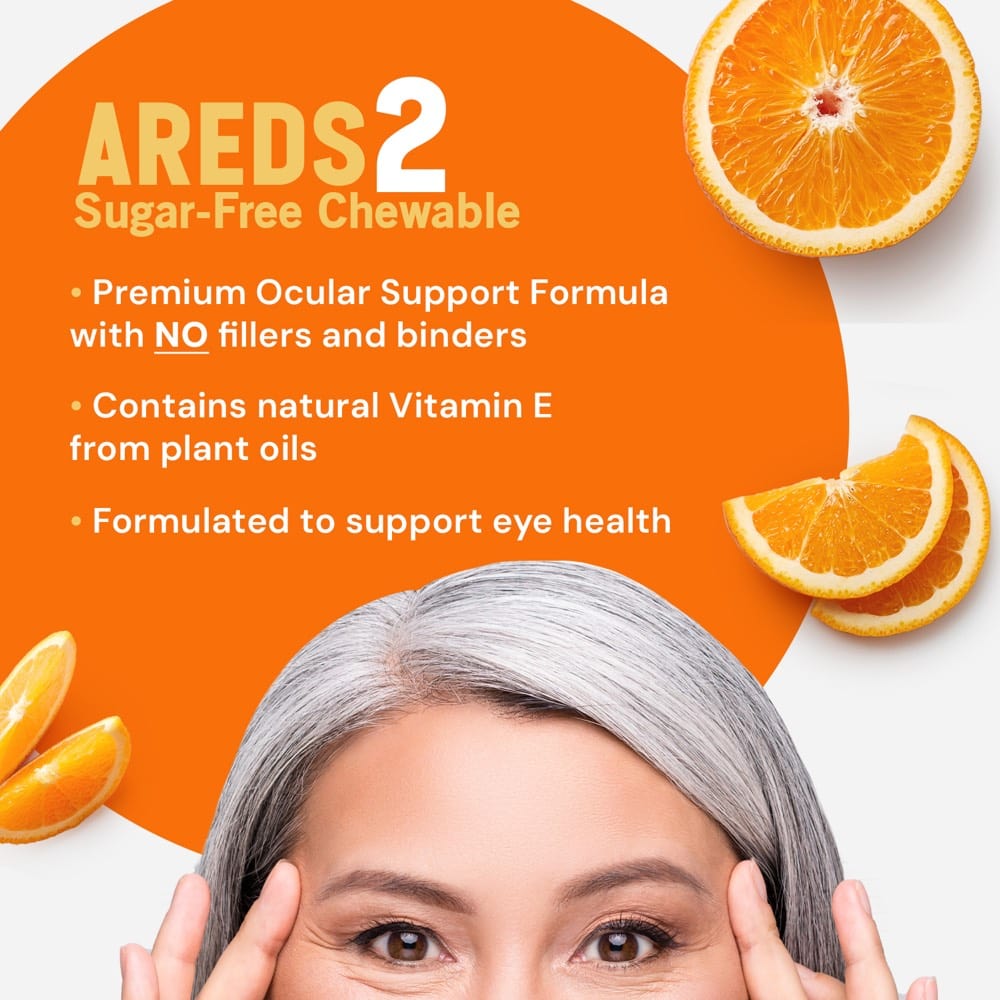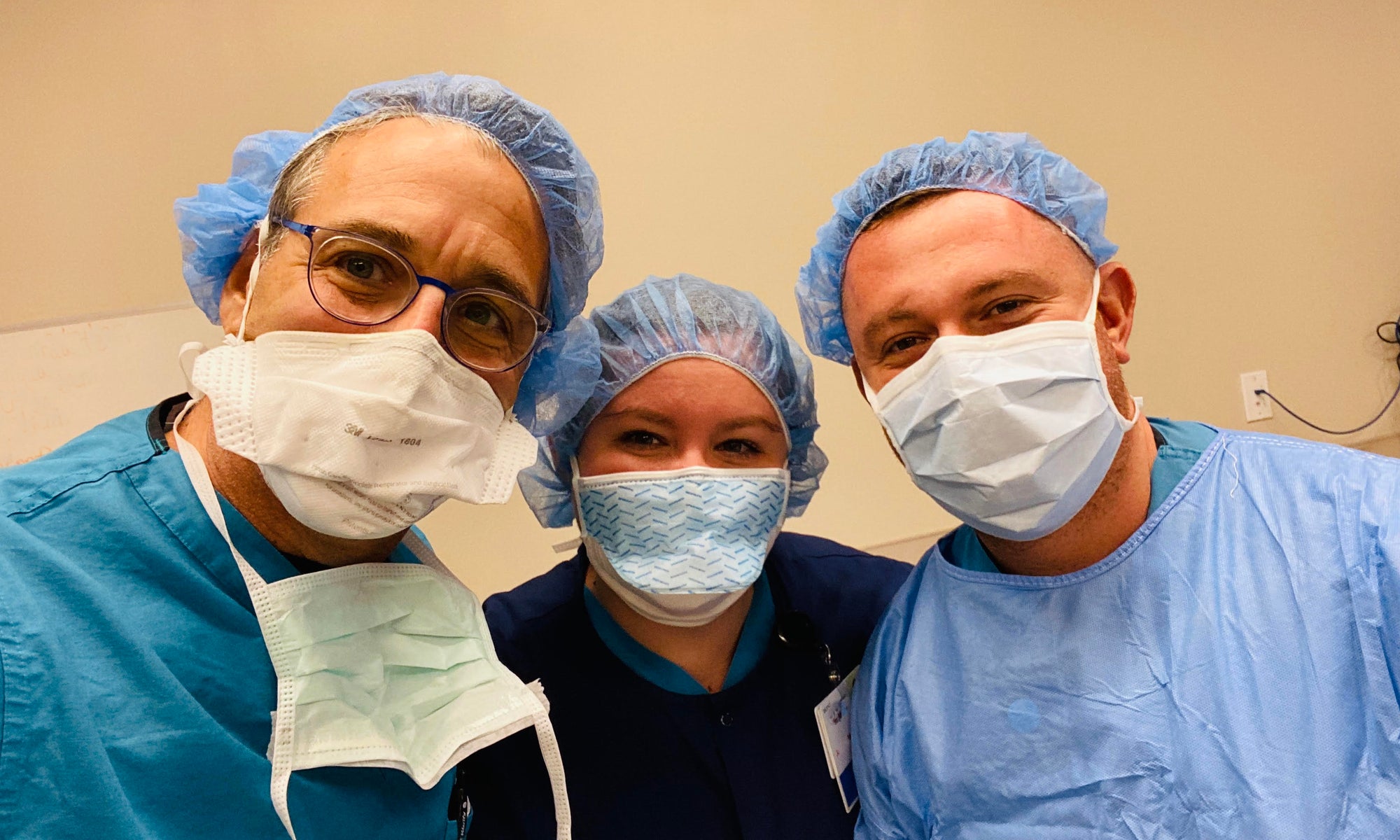Researchers are taking a closer look at the tears of birds and reptiles to learn about how and why animals produce tears to aid better dry eye treatments.

Studies in the past have looked at the tears of various mammals including dogs, monkeys and horses. The most recent study looked at barn owls, green sea turtles, caimans and macaws, among others. Ten humans were also included in the study published in the journal Frontiers in Veterinary Sciences.
The study revealed that the tears of reptiles and birds had similar concentrations of electrolytes as humans, but the crystal structures are organized differently in our feathered and reptilian friends, which allows their eyes to be healthy in various environments.
In addition, reptiles and birds have a higher concentration of sodium. Caiman tears allow them to go up to two hours without blinking. The thickest tears in the test subjects were those belonging to sea turtles, which helps protect them from saltwater as well as helps the tears from being washed away underwater.
Armed with this new knowledge, researchers are hopeful that new therapies for chronic dry eye will be able to be developed.














